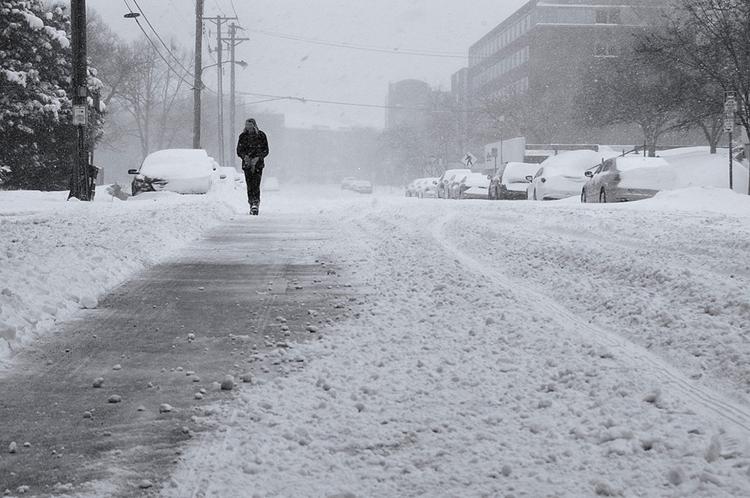The winter season brings many things with it.
A few of my favorites are the Holiday Open House, family get-togethers and not having to cut my grass.
Unfortunately, the season also brings a subset of injuries I especially hate to see — those which stem from falling at home or outside.
The risk of falling is elevated this time of year because of the presence of ice, the need to walk on uneven snow and the fact that people are generally less active, leading to reductions in strength and flexibility.
To learn more about the risks associated with falling beyond fractures, bumps, and bruises, I spoke to Dr. Wendy Walker. Dr. Walker is board certified in family medicine and is an MDVIP affiliate physician at Little Traverse Primary Care in Harbor Springs.
MYM: Other than the obvious bumps and bruises, what types of injuries usually result from falling?
Walker: “We typically see fractured ribs, hip fractures, and spinal compression fractures from falls. We also can see severe skin tears and lacerations in the elderly in particular. Large hematomas of the limbs are common in people who fall and are on blood thinners.”
MYM: Which patient populations are most vulnerable to falling?
Walker: “Patients 65 and older, patients with cognitive decline or lack of insight or awareness of their surroundings, those who use a brace or cane or walker or who have an artificial limb, those who use oxygen (they trip on the cord) and those with balance problems such as Parkinson’s or Peripheral Neuropathy are most likely to fall.”
MYM: Other than the actual injury, what are some secondary health problems associated with falling?
Walker: “In the elderly, a high percentage of people who sustain a hip fracture either die or go to a nursing home. Pneumonia is a common complication of rib fractures. Blood clots can occur in the legs or lungs post orthopedic injuries that require immobilization. A head injury can lead to post-concussion syndrome which effects sleep and concentration, and can cause headaches and other symptoms.”
MYM: What advice do you give your patients who are especially afraid of falling in the winter?
Walker: “I recommend that people who use canes to put a cane spike on the end of the cane in the winter. They should wear good boots with tracks or add “Yak Tracks” or other similar device to their boots. They should avoid ice and if they are at high risk they should park close to their destination and walk with someone who can assist them. If they are afraid of walking in the snow to exercise, I recommend considering snow shoes. There are many Northern Michigan trails.”
Here are a few more steps you can take to reduce your risk of falling:
Shorten your stride
While we normally encourage nice long steps when walking, your stride should be shorter when walking on slippery or uneven ground. This results in your center of gravity staying over your base of support, reducing the chance of slipping or tipping.
Gear-up
Stores in the area carry several items you can use to reduce your fall risk. External traction devices can be great for snow and ice-covered ground, but be careful wearing them on bare cement. A quick internet search for “ice and snow traction cleats” will provide several possibilities. Another great idea is to bring a ski or hiking pole with you to give you another point of contact with the ground, increasing your stability.
Get some PT
All the equipment in the world won’t help if your reaction time, flexibility, and strength are not sufficient to keep you upright if you slip. Spending 2-3 days per week working on keeping yourself strong and flexible will go a long way towards reducing your fall risk.
Jeff Samyn is a Physical Therapist, board certified Orthopedic Clinical Specialist, and Certified Strength and Conditioning Specialist at Northern Michigan Sports Medicine Center in Petoskey. He can be reached via e-mail at jsamyn@nmsportsmed.com. This information is not to be considered medical advice and is not intended to replace consultation with a qualified medical professional.







